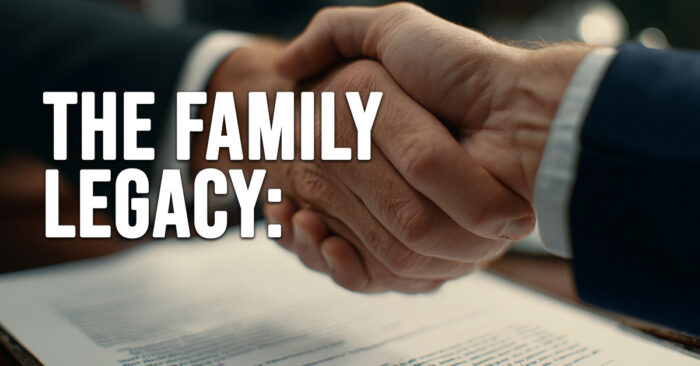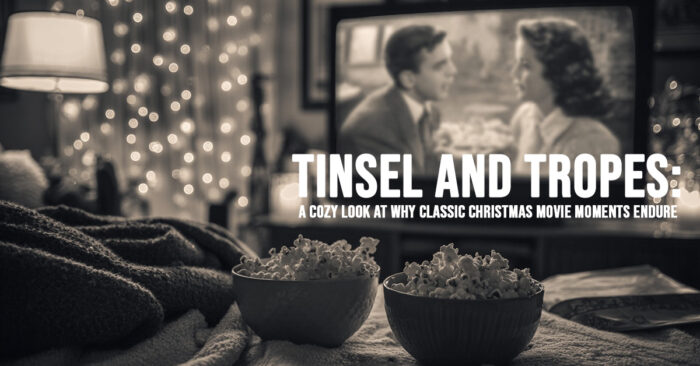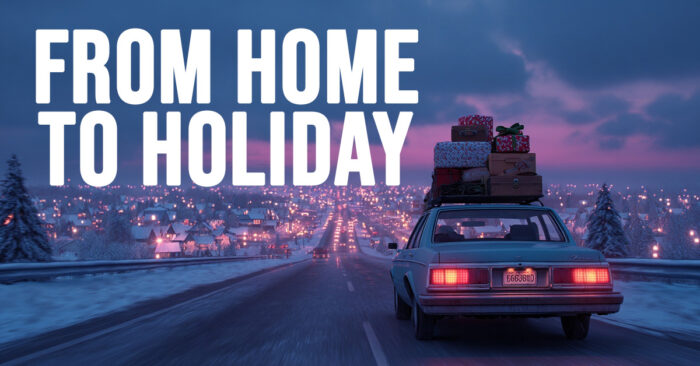Seven Factors that Affect Your Homeowner’s Insurance Rates

Seven Factors that Affect Your Homeowner’s Insurance Rates
Those unfamiliar with how insurance rates are set may feel as if there are a few guys in a smoke-filled room rolling dice to determine premiums. Actually, it is quite the opposite. Insurance rates are based on complex formulas using a variety of factors. When it comes to homeowner’s insurance, here are seven factors that can affect your rates.
- Size of the home. Generally speaking, the larger a home, the more expensive it would be to replace it. It would make sense then, that a home with 3,600 square feet of living space would have a higher homeowner’s insurance premium than one with 1,600 square feet.
- Construction materials. How your home was constructed will have a significant impact on your rates. Some materials are more resistant to fire and wind, for example. Therefore homes constructed using concrete blocks or brick may be less expensive to insure than a pre-fabricated or stick-built home.
- The deductible. The deductible is the amount of money that you would pay out-of-pocket before policy proceeds begin to pay. The higher your deductible, the lower your homeowner’s insurance premium is likely to be.
- High-risk features. If your home has what are considered high-risk features, premiums will be more expensive. These higher-risk features would include items like a fireplace, wood-burning stove or pool. Rates may even be higher if you have a dog, especially one that may be classified as aggressive.
- Location. The location of a house can impact insurance costs. Homes near water, for example, can be more expensive to insure. If a house is located far from a fire station, it too may have higher premiums.
- If you have a home-based business.If you are operating a home-based business from your home and have not notified your insurance agent, you may be placing that business, your home and your financial future at risk. Your homeowner’s insurance premiums may rise slightly, but at least you’ll have needed coverage.
- Roof condition. Roofing is one of the single most expensive parts of a home to replace. It is also vulnerable to fire and the elements. This is why a roof in poor condition may cause homeowner’s insurance rates to soar.
We may not give much thought to our homeowner’s insurance policies, including how much they are costing us. If you haven’t looked at your policy in years, now may be the time for a no-obligation homeowner’s insurance policy review. Contact one of our independent agents for a review and price quote today.
Do you have questions about your insurance? Find an insurance agent near you with our Agent Finder
Search All Blogs
Search All Blogs
Read More Blogs
The Family Legacy: Why December is the Time to Name a Trust as Your Life Insurance Beneficiary
Protect your payout. Discover the benefits of naming a Trust as the beneficiary of your life insurance to control distributions and minimize probate delays.
Customizing Cold Protection: Essential Auto Insurance Endorsements for Winter Driving
Standard coverage isn’t enough for winter. Learn about Gap, OEM, and specialized endorsements to fully protect your vehicle and costly winter accessories.
Defrosting Disaster: The Costly Liability of Ice, Water, and Frozen Sidewalks in December
Frozen sidewalks, overflowing sumps: A December guide to home insurance liability and water damage coverage, and how to avoid costly claims.
Tinsel and Tropes: A Cozy Look at Why Classic Christmas Movie Moments Endure
From Zuzu’s petals to the leg lamp: Dive into the nostalgic tropes and timeless comfort of our favorite classic Christmas films.
The Silent Season: Securing Inventory and Operations During Christmas and Year-End Closures
Closing the shop for the holidays? Key business insurance checks for protecting vacant property and high-value inventory from theft and winter damage.
The Most Sustainable Gift: Life Insurance and the Value of Income Continuation Planning
Life insurance ensures the Christmas cheer continues. Practical tips on using income continuation math to calculate the right term policy size for your family.
From Home to Holiday: Securing Your Christmas Road Trip Auto Coverage Checklist
Heading over the river and through the woods? Your Christmas road trip needs an auto insurance checkup, focusing on roadside assistance and UIM coverage.
The Fire Under the Fir: Insuring Against Christmas Tree Calamity and Holiday Fire Risk
Don’t let a dried-out tree ruin Christmas. Essential home insurance tips for fire safety, electrical risk, and candle liability during the holiday season.
Cozying Up: Embracing the Danish Art of Hygge for a Stress-Free December
Banish the December chaos! A simple guide to adopting Hygge—the Danish concept of cozy contentment—for a truly joyful holiday season.
Tinsel, Traffic, and Transactions: Insuring Your Business Against December’s Holiday Rush Risks
Don’t let the holiday rush expose your business. A guide to essential commercial insurance coverages for increased sales, foot traffic, and cyber threats in December.









